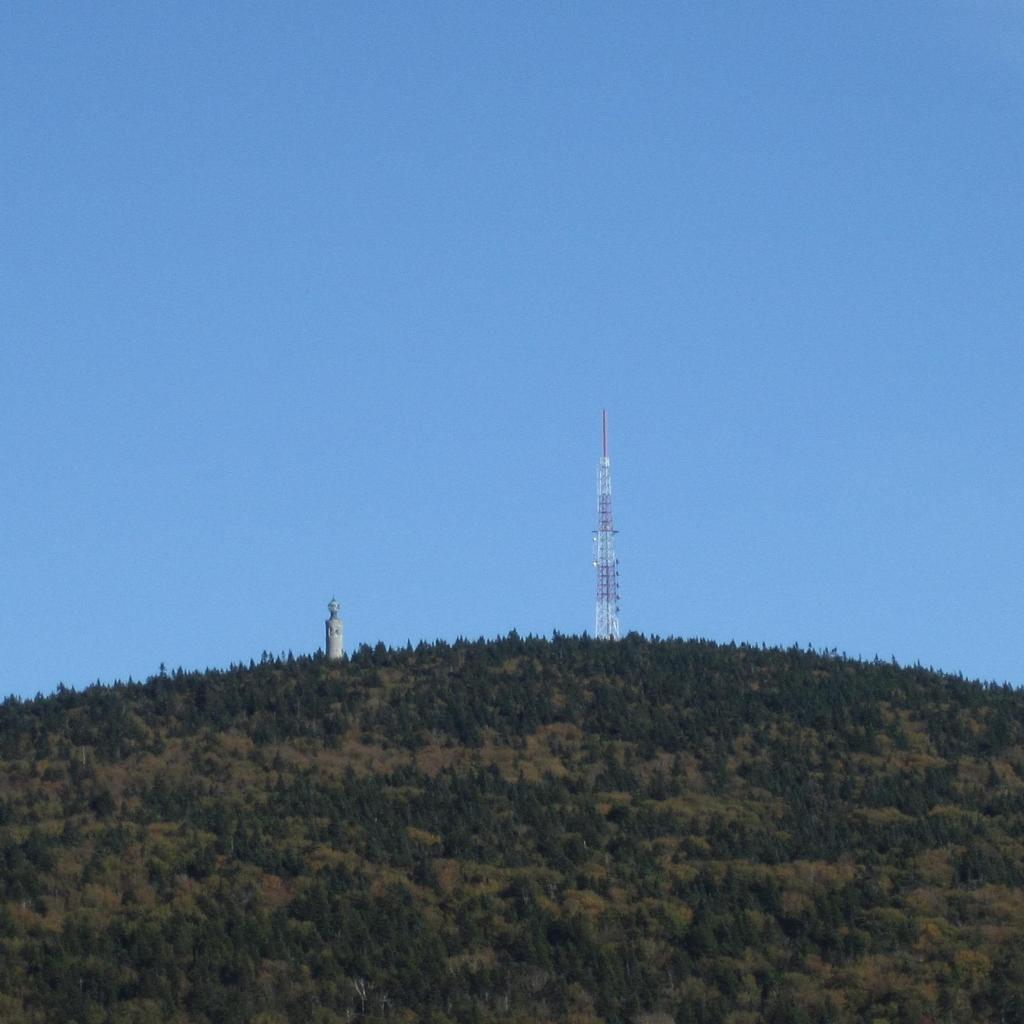Would you go to a mobile clinic at a Dollar General store? : Shots – Health News : NPR
Untitled
Palenville Overlook
Audacity Runs Surprisingly Well In Your Browser | Hackaday
Some request inflation adjustment from wind power developers
Many of the wind projects were bid several years ago before the COVID-19 pandemic, Reynold explained. Since then, the costs of cement, steel and wind turbines have all increased.
How much additional funding each project has requested from the PSC depends on when the projects were originally bid.
“Ranging from 27% for some, all the way up to 70% for some other projects,” Reynolds said.
For land-based wind projects, the state estimates that the increases would translate into an additional cost to consumers of $1.57 per month.
Reynolds didn’t comment on the additional cost to consumers of offshore wind projects.
The PSC may rule on the inflation adjustment as early as Oct. 12. If the adjustments are approved, the additional funding will be triggered when the project reaches the construction stage.
“So, if the prices go back down, the inflation adjustment would be less,” Reynolds said.
If the PSC denies the inflation adjustment, Reynolds said the situation would be “bad."
“Both offshore wind projects, and the land-based wind and solar projects, have demonstrated that the prices have gone up for these projects. And so, they can’t get built at these prices,” she said.
The petitions cover about 90 renewable energy projects.
“A lot of them will get canceled,” Reynolds warned. “Some of them may successfully rebid.”
Monongahela National Forest – The Gateway
Driving east of Elkins along what is today a quiet stretch of “Old Route 33,” motorists pass between columns of the stone portal known as the “Gateway to the Monongahela National Forest.” Built without fanfare and handcrafted by the Civilian Conservation Corps (CCC) in 1934, this unique, one-of-a-kind, stone structure quickly became a prominent roadside landmark and recognizable Monongahela National Forest icon.
National forest gateways or portal signs were designed to be both boundary marker and roadside architecture, advertising to the motoring public that they were entering or leaving federally managed forest lands. Monongahela National Forest planned to build more, similarly-styled, stone gateways along highways across the Forest. However, none, other than the one east of Elkins, were ever built. In 1935 standardized plans for portal design, adopted by the agency’s Eastern Regional Office, changed the Forest’s plans.


